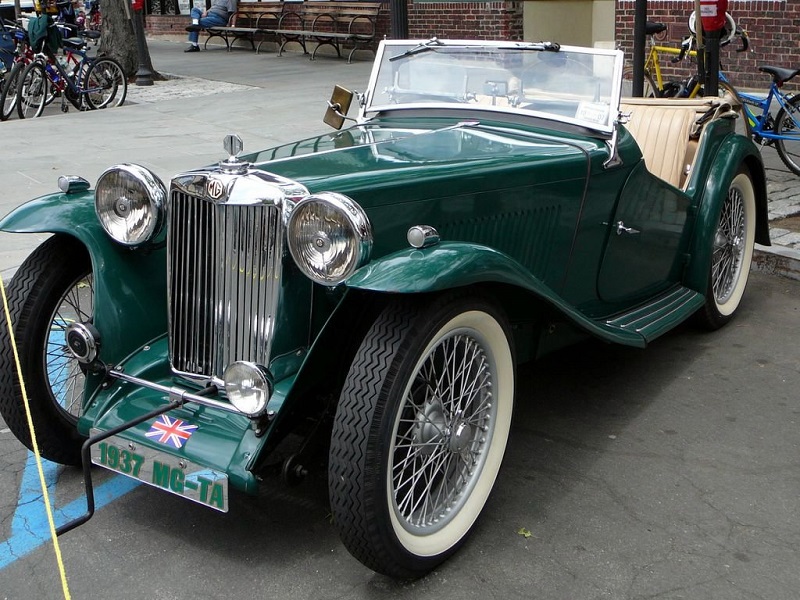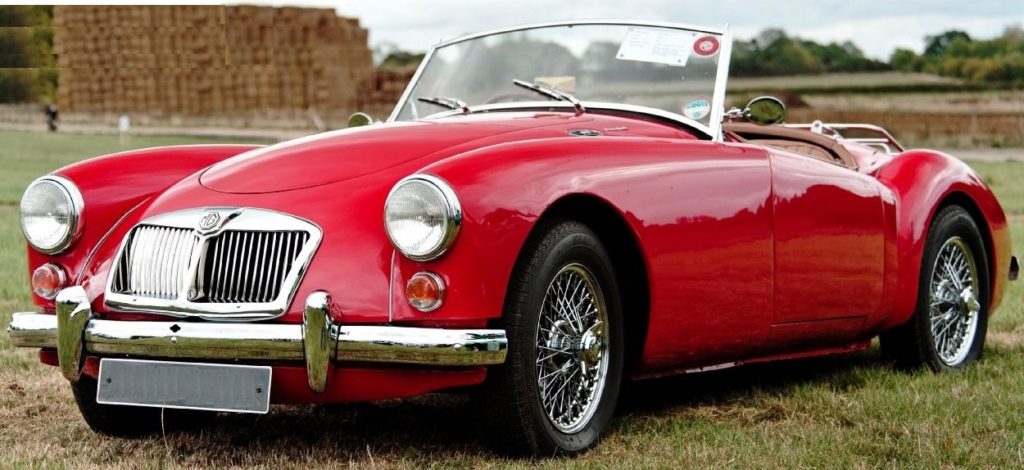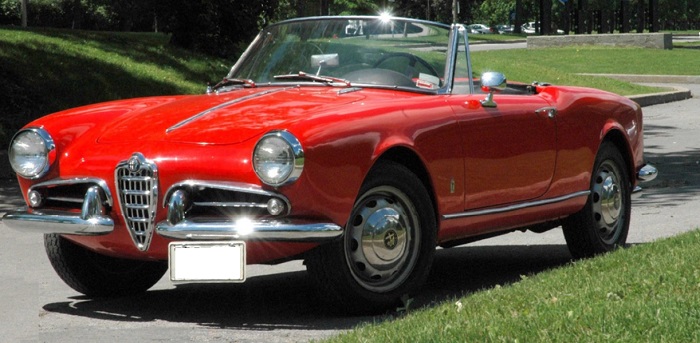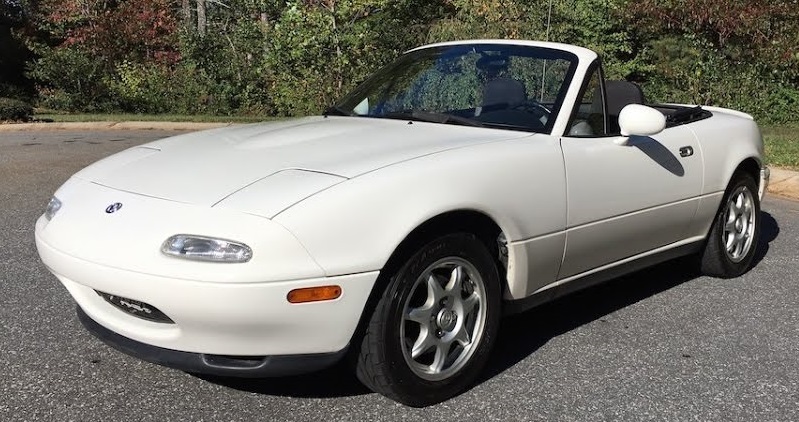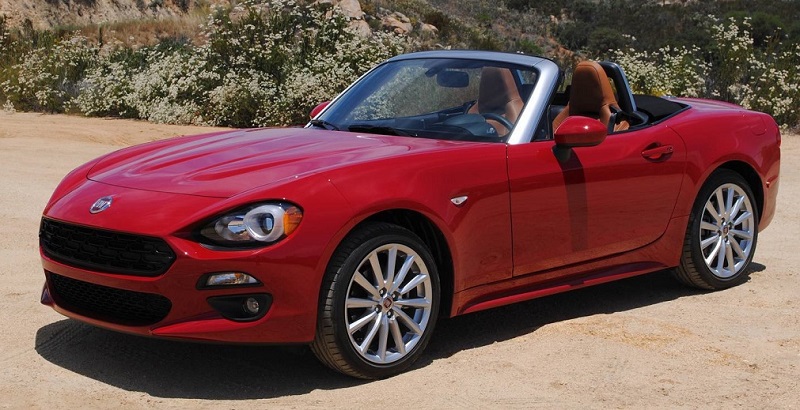According to the NY Post, “buying time” can be the secret to happiness. Sarah Hoyt questions their methodology, as do I. Here’s the study’s methodology:
In the study, more than 6,000 people in four countries were given an extra $40 a week for two weeks.
During the first week, the participants were told to buy material goods.
The next week, they were told to save themselves time by paying someone to do their menial, back-breaking tasks.
Ultimately, people said they got more happiness by saving precious time than by buying more stuff, no matter how exceptional it was.
If anyone can think that $40 a week can buy you happiness, they’re doomed to vote Democrat and/or Labour for the rest of their lives. Hell, for $40 you can’t even buy someone’s time to do menial jobs for you, unless you live in India or some other Third World hellhole where labor is cheap. And unless you live in one of the aforementioned hellholes where $40 can buy you someone’s firstborn, you can’t buy much for a lousy forty bucks either. Good grief, a bottle of decent single malt costs more than that, and that won’t last you a week either (if you consume the lovely stuff like Stephen Green or I do).
Most often, the “money can’t buy you happiness” meme is applied to lottery winnings. The usual rejoinder is, “If you can’t buy happiness with $100 million, you just don’t know where to shop” (as witnessed by this picture, sent to me by Reader OldTexan):

But the idea of buying time when you have a boatload of money makes perfect sense, if you have sufficient money. Here’s an example, using the more appropriate sum of $100 million instead of that $40 rounding error.
So you’ve won the Big Lottery. Assume that you’re not going to waste it (on stuff like trust funds for your kids or donations to Greenpeace), and you decide to buy time with it.
Let’s say that you’ve always wanted to own an E-type Jaguar, because if no less a man than Enzo Ferrari called it the most beautiful car ever made, who are you to argue with him? A quick reminder of what we’re talking about here:
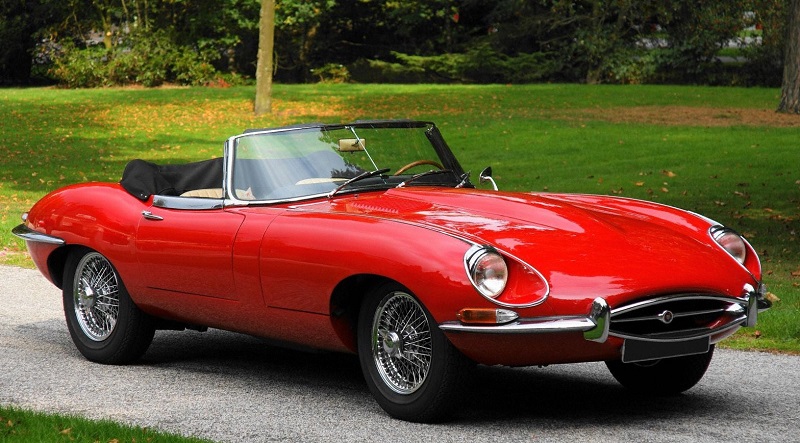
Nigella Lawson with wheels.
Now you have the money to afford it; but there’s a problem. You see, beauty doesn’t offset the E-type’s many flaws, to whit:

…which means that the thing often won’t start, the lights won’t work at night and ditto the windshield wipers when it rains, etc. Now if you’re one of those guys who loves working on cars, none of this matters, because you’re going to spend time fiddling with the thing.
Note that I said, “spend time”. If you’re like me, and want to drive the thing instead of fiddling with it and/or wasting time while other people fiddle with it, you’re not gonna get an E-type.
Fortunately, there is a way for people with boatloads of money to get an E-type and be able to drive it pretty much all the time. It’s an outfit in Britishland called Eagle Great Britain, and they rebuild E-types using all the modern techniques and using modern materials which will eliminate the Jag’s problems. If you’re in a hurry, you can get one of their fully-reconditioned E-types and drive it off the lot. If you can’t find one you like (and unfortunately, this will cost you some time), they will hand-build your E-type to the original (or your own custom) specs. Here’s an example:

Suffice it to say that none other than Jeremy Clarkson said that driving this particular E-type was one of the greatest driving experiences he’d ever had — and he’s had a lot.
I’m not to going to tell you the price, because you have enough. (BIG lottery win, remember?)
Just remember, this is all about buying time (which makes one happy, according to the study above) and I would suggest that time spent driving this piece of automotive beauty would be more exciting (and probably less expensive, ask Charles Saatchi) than driving Nigella Lawson. And that’s a hell of a thing for me to say.
Buying happiness just means knowing where to shop. And if you’ve just won a big lottery prize and owning an E-type is your dream, I’ve just told you where to shop for one.
You’re welcome.


